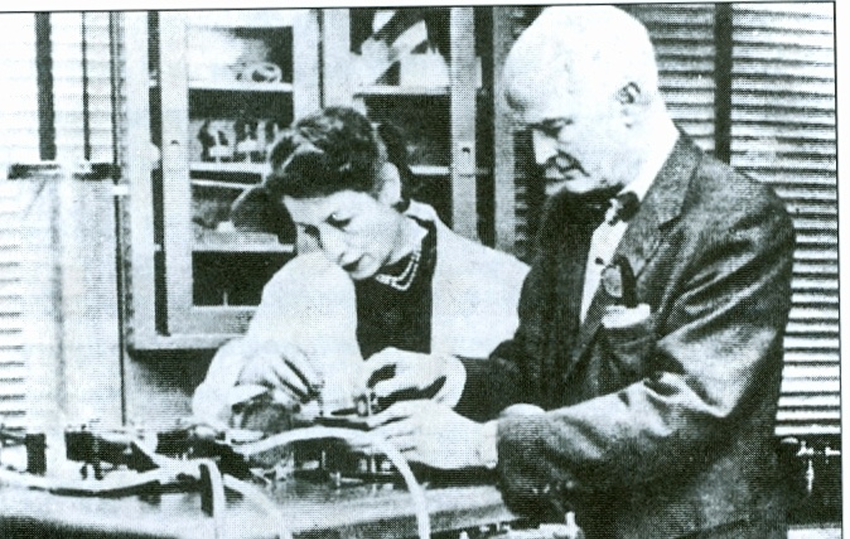6 Maggio 1953 – 6 Maggio 2023
Oggi si celebrano 70 anni dalla nascita della macchina cuore-polmone
Quando il chirurgo statunitense John Gibbon richiuse con successo un difetto del setto atriale in una ragazza diciannovenne, il 6 Maggio 1953 presso il “Thomas Jefferson University Hospital” di Filadelfia, usando la sua macchina cuore-polmone, venne assicurata la fattibilità della chirurgia a cuore aperto come tecnica terapeutica.

“L’idea di Gibbon e la sua elaborazione sono ormai parte della galleria dei successi della mente umana, come l’invenzione dell’alfabeto fonetico, il telefono o una sinfonia di Mozart. Non un Deus ex machina, ma una macchina di Dio”
Queste furono le parole di Eloesser nel suo ‘Milestones in Chest Surgery’.
Per millenni l’uomo ha pensato che il cuore fosse un organo inaccessibile ed inviolabile. Lo stesso Aristotele, dopo averlo visto battere negli embrioni di diversi animali lo pose come sede dell’anima, il primo organo a vivere e l’ultimo a morire.
Il progresso della fisiologia del seicento e della chirurgia nell’ottocento mostrarono in realtà come le sue caratteristiche fossero diverse: non il centro dell’anima, ma il centro della circolazione, non un organo delicato, ma un muscolo inaspettatamente resistente.
La macchina cuore-polmone artificiale permise di escludere il cuore dalla circolazione pur consentendo la perfusione del restante organismo.
Nel 1912 il grande aviatore Lindberg aveva immaginato e concepito un cuore artificiale, ma solo la forte determinazione del dott. John H. Gibbon portò a dei risultati concreti in questo settore a dispetto del sarcasmo, della derisione e del giudizio di riprovazione dei suoi colleghi.
L’idea di assistere la circolazione con un circuito di sangue extra-corporeo contenente un polmone artificiale venne al giovane chirurgo nel 1935, dopo una lunga veglia al capezzale di un malato colpito da embolia polmonare massiva.
Gibbon, aiutato dalla moglie Mary, progettò e fabbricò con le sue mani il primo apparecchio in grado di sostituire il lavoro del cuore e dei polmoni. La macchina realizzava un doppio pompaggio del cuore destro e sinistro grazie a due pompe a rullo che comprimevano a ritmo regolare e rapido dei tubi di plastica.
Gibbon disegnò un sistema di ossigenazione che simulasse quello dei polmoni utilizzando una griglia di acciaio inossidabile, piatta, capace di distribuire il sangue in un film leggero che poteva ricevere insufflazioni di ossigeno. Immaginò anche cannule ed aspiratori per il sangue versato nel corso degli interventi.
Dopo due mesi, esattamente il 6 maggio 1953, il successo giunse su una ragazza affetta da difetto interatriale; il suo cuore fu escluso dalla circolazione per circa mezz’ora sostituito dalla macchina cuore-polmone.
Oggi si celebrano 70 anni dalla nascita della macchina cuore polmone.